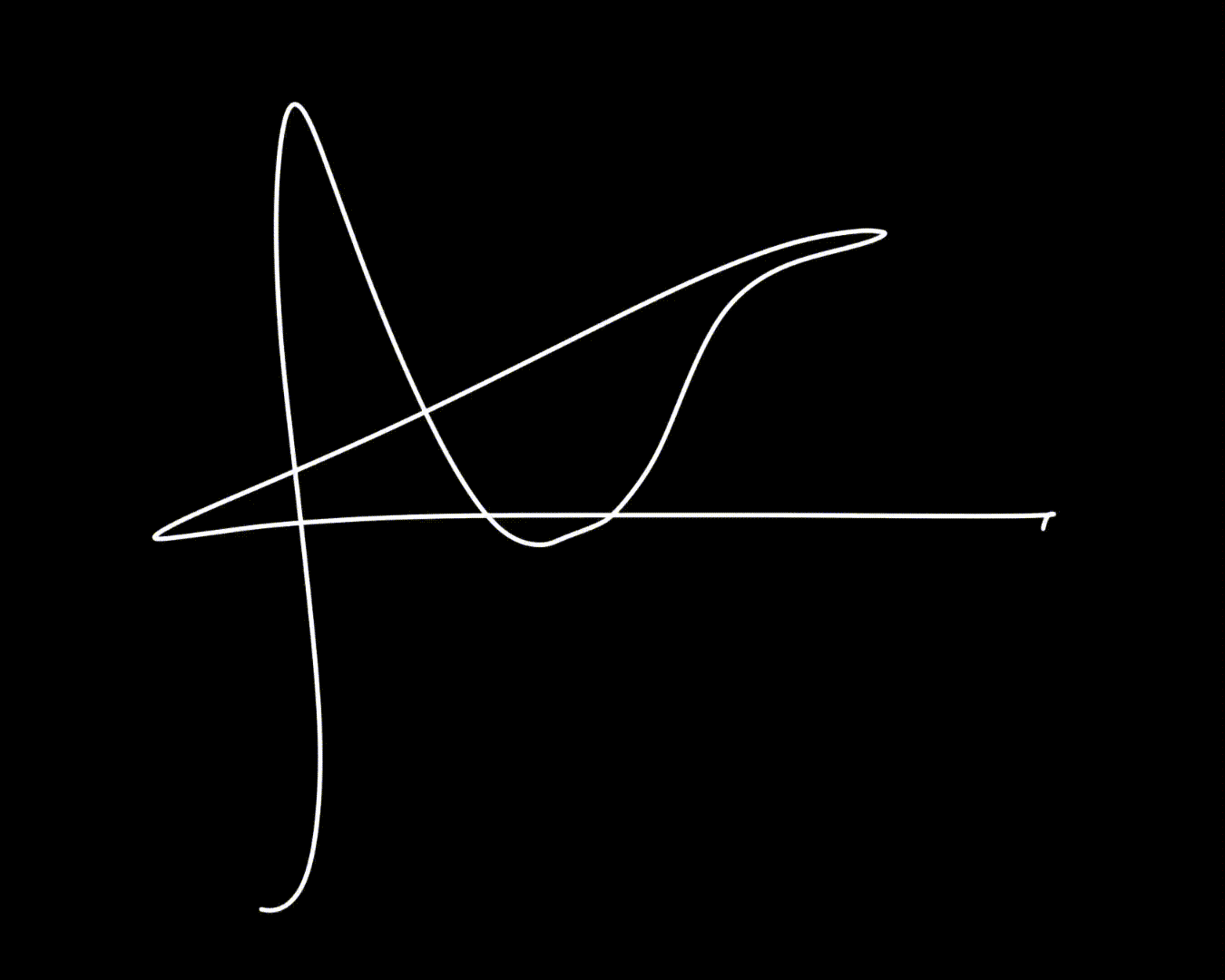Let's Play: To The Moon
- nyah rylie

- Apr 24, 2024
- 4 min read
Now in the third week of the second semester of our final year, I had found myself in possession of some free time and decided to finally sit down and play another of the games in my Steam library, hoping for inspiration. And fortunately, I had found it in To The Moon -- a 16-bit 2D indie roleplaying game stylistically similar to Pokemon or Undertale. However, where the game skips out on having any battle, inventory, or party systems, it invests wholeheartedly into weaving a deep, emotionally resonant narrative about grief, life-long dreams, and love that pervails across timelines. The story follows Dr. Eva Rosalene and Dr. Neil Watts, the two employees of Sigmund Corp. you play as to solve puzzles and explore maps in order to uncover the memories of patient, Johnny Wyles. Sigmund Corp. offers a service in which they alter a copy of comatose patients' memories in order to fulfil their dying wish and Johnny is their most recent job with his dream to go to the moon. However, Johnny can't seem to explain why he has this desire and it's up to Dr. Rosalene and Dr. Watts to venture backwards through his memories to find out so that they can plant the desire into his childhood memories.
Overall, this game was enjoyable yet bittersweet. While it presented a happy ending for Johnny Wyles, the surrounding plot points present a discussion about loneliness and connection, especially in the case of those experiencing life with neurodivergence, that left me feeling that the story was in many ways a tragedy. The storytelling was incredibly clever evident by the fact that throughout playing, there were so many details introduced that simply perplexed me and I could not see how it would all tie together. I then, of course, cried at the reveal about what all of it had been for.

There are a few things I want to takeaway from To The Moon that are highly applicable to our video game project.
Mementos
One of the main mechanics of the game was this system of collecting Memory Links which are then used to activate Mementos. The memory links seem to have represented notable objects or information in the memory. Similarly, mementos acted as the most significant object that linked the old and new memories; objects that were common across the memories they were currently in and the next one they wanted to jump to. The links were then represented by coloured orbs on the bottom of the screen that track the player's progress. Memory links could be found both in objects and via exploration of the map/events happening within the memory. Once collected, a puzzle screen would boot up in which you have to fill in the blanks of the current memento.
I think a similar system where significant objects or pieces of information about Hayn as a character act as checkpoints for the progression of exploration in each level would be the easiest way to keep track of the gameplay without restricting the players to a linear movement within each environment as we want them to have an element of freedom to explore. In To The Moon, if the player attempts to access a part of the map too early, they will be blocked and there will be a notification explicitly informing them that they need a certain amount of memory links from the current area before proceeding. In our game, it is more likely that things will simply be locked or inaccessible until you complete other puzzles to find some sort of key that grants access.
In terms of implementing this kind of feature in Unreal Engine, the memory links somewhat resemble one of the inventory systems Stanley has been working on. As it is in its primary stages of testing, the mechanic is limited to filling inventory box slots with a solid colour as you pick up items.
Important objects of mine?
diary
jewellery box
painting
photo album/picture frames
baby memory box
band program CDs
While I was home for the holidays, I got a chance to look through my memory box full of assorted papers, cards, photos, letters, tickets, trinkets and other scraps I've collected throughout my life. I scanned as many that I thought might make a good game item and sent them to the group. The experience definitely asserted the importance of objects to recall specific memories and I feel this will be especially key in the first level of The House. I think a lot of these kinds of objects may just serve as extra exploratory items that flesh out the character and the context but aren't so key for pushing the central gameplay along -- just extra details similar to how Life is Strange allows players to interact with many of the objects in the environment that can just build onto the players understanding of the world.
E.g. Joud said she could have vinyl covers and photographs put onto the rectangular face of almost flat objects to add them to the game.



















Comments